
A Guide to Funnel Optimization [Definition, Tools & Strategies]
 Updated on
Updated on
By Ringy
Table of Contents
Table of Contents
In an ideal world, sales would be easy.
Customers would come running to buy from your company. They would tell all their friends about the product, and word of mouth would bring more sales.
You wouldn't even have to think about things like sales funnels.
But we don't live in an ideal world.
In the real world, the market is flooded with products that might look exactly like yours. It might even be yours, just younger and not as good-looking.
The truth is, making sales takes real work. There is so much competition that it is sometimes impossible for customers even to decide which product is the best for them.
This is where funnel optimization comes in, ensuring you're maximizing your opportunity for conversion at each stage of the sales funnel.
In this article, you're going to learn all about sales funnel optimization, from common tactics to the best tools to help you get the job done.
What is Funnel Optimization?
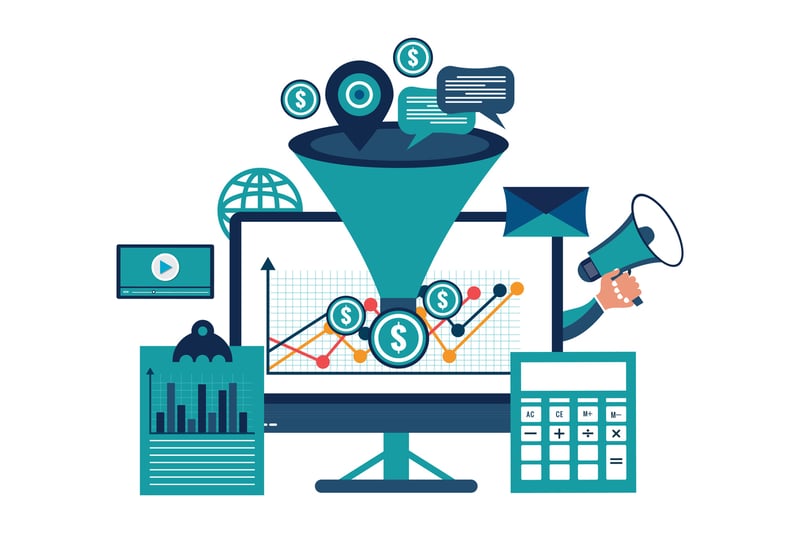
Funnel optimization is the process of improving (i.e., optimizing) interactions with customers at each stage of the sales funnel.
It refers to your company's actions to fine-tune your processes to produce the highest acquisition, conversion, and retention of prospective customers.
So, for that to make sense, you'll need to know what the heck a sales funnel is.
Let's illustrate.
Buying a car is not a straightforward process; it has over twenty-five different touchpoints before a consumer decides on the model and trim level they want.
At every stage, there is messaging talking about car options, and each of these messages might push the customer toward a completely different decision. And from there, the consumer makes a decision.
The right message at the right time might cause the customer to make a quick decision they might not have made before.
We call this process the buyer's journey, which we simplify into a sales funnel, which illustrates that at each stage, customers drop out.
The buyer's journey is then simplified into the sales and marketing funnel, which looks something like this:
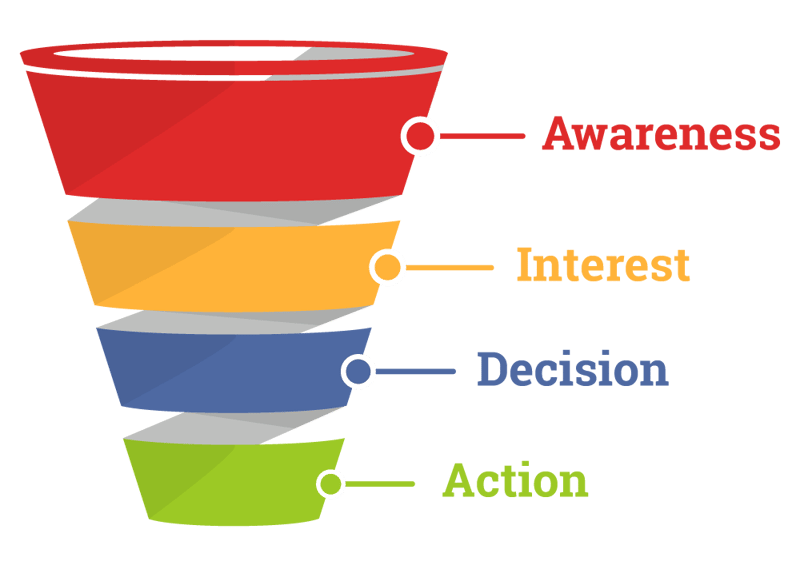
The sales funnel process follows prospective customers from their first interaction with your business until they become a customer and even beyond. Most funnels will include awareness, consideration, and conversion, although there are more straightforward and more complex versions of this idea.
Sales funnel optimization is essential for businesses that want to make the most of their resources. Optimization helps you find areas in your sales department and company that could use improvement and make them run like clockwork. This process uses key funnel optimization strategies to catch a potential customer's interest and bring them in for sale.
|
Sales funnel optimization is… |
Sales funnel optimization is NOT… |
|
Fine-tuning sales and marketing techniques |
It is not usually an overhaul of strategy |
|
Tweaks based on customer research or testing |
Changes that are not made for target consumers |
|
Always data-driven |
Randomly changing strategies for the sake of trying something new |
|
Flexible, agile, and evolving |
Rigid and stiff |
|
Customizable |
One-size fits all |
Sales Funnel Optimization vs. Sales Conversion Strategy
Okay, so now you know what sales funnel optimization is.
But doesn't that sound kind of similar to a sales conversion strategy?
The two are similar, but there are some important differences to note. Primarily, it comes down to the difference between your team's goals and actions.
A sales conversation strategy focuses on the end result: closing the deal.
Sales funnel optimization looks at the four steps in the sales model and fine-tunes each one for optimum results.
- Awareness: Here, the prospect is made aware of the product and its features. This can be achieved through marketing strategies.
- Interest: The prospect shows interest in the product, and the sales team decides whether to pursue the lead or not.
- Decision: The salesperson leads the potential customer to a conclusion using various sales techniques.
- Conversion: A decision is made by the customer, and sales are made.
Sales funnel optimization requires input from the marketing team because they're often responsible for filling the top of the sales funnel.
On the other end of the spectrum, sales conversions are all about the end action of the prospect, where they become a customer. This can involve new customers or poaching customers from a competitor. To optimize for sales conversion, we are looking at the salesperson's actions rather than all of the efforts to lead to conversions.
These end-user actions are minor tweaks that can significantly affect choosing a vibrant email signature, or adding in a salesperson's picture can make all the difference.
A good sales conversion strategy works with funnel optimization to produce more sales and increase customer retention.
So, sales and marketing must work together to achieve full funnel optimization.
|
Sales Funnel Optimization |
Sales Conversion |
|
Encompasses the whole sales process |
It just focuses on the end result |
|
Requires changes to marketing |
Requires changes to sales |
|
It can be overhauled if necessary |
Smaller, personal touches |
Sales Funnel Optimization for Ecommerce

Online sales (i.e., eCommerce) is still blowing up.
Forecasts project annual sales moving from $3.3 trillion to $5.4 trillion in the next four years.
If you're an eCommerce brand looking to carve out a nice little piece of that pie, you're going to need to optimize your sales funnel.
Here are five tips to get you started.
- Simplify the purchase process
- Take advantage of retargeting
- Personalize email marketing efforts
- Go heavy on abandoned cart recovery communications
- Focus on contextual cross-sell opportunities
1. Simplify the purchase process
Buying online should be easy, but many eCommerce sites complicate the process.
Make it simple for customers to complete a purchase by reducing barriers and allowing data autofill where possible.
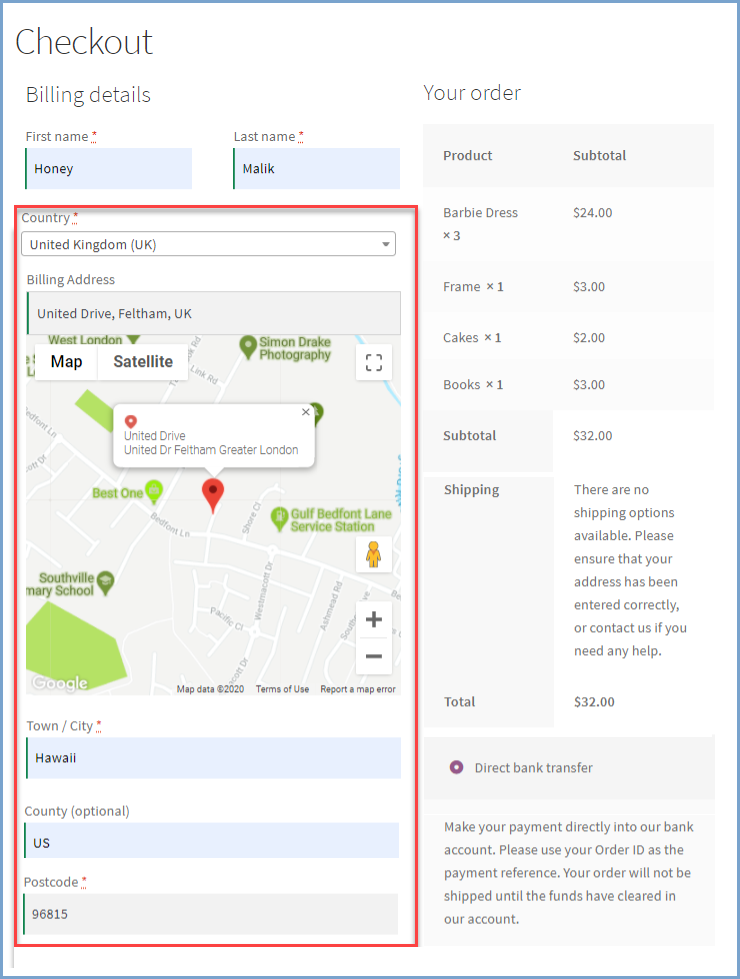
2. Take advantage of retargeting
Retargeting is a tactic that advertises products to customers who've already viewed them.
Let's say you're in charge of online sales at Birkenstock.
A customer is browsing your website and checks out a pair of sandals but doesn't purchase.
You can then push retargeted ads to them on various platforms to encourage a purchase at a later point.
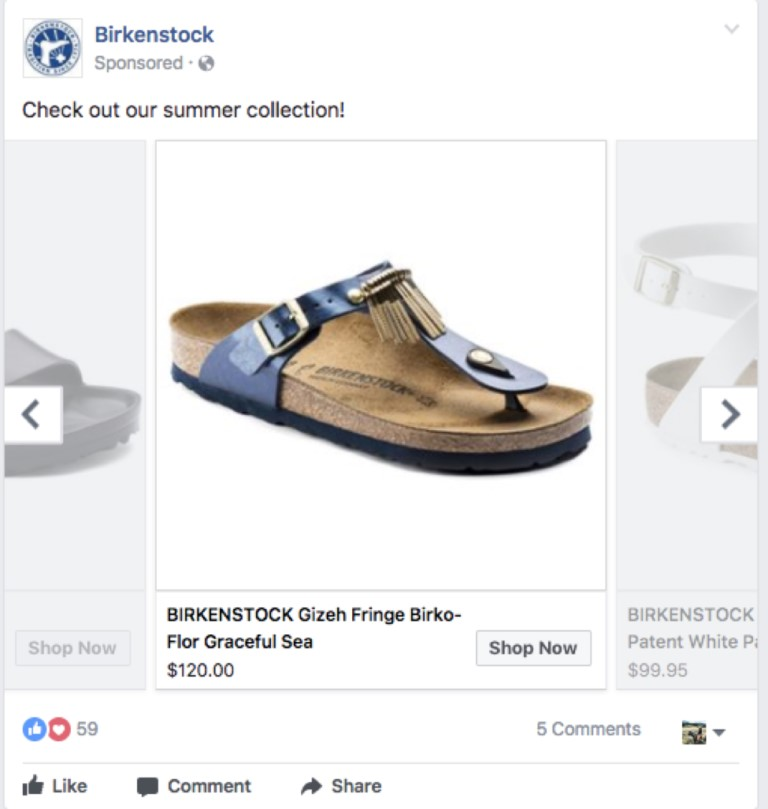
3. Personalize email marketing efforts
Remember, you're not just trying to attract new customers, but keep selling to existing ones.
One tactic to influence repeat sales is personalized email sends, like this one:
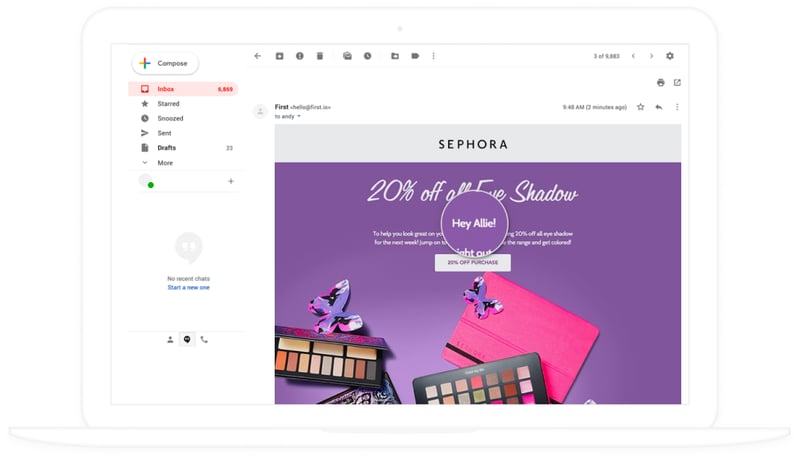
4. Go heavy on abandoned cart recovery communications
About 70% of shopping carts are abandoned online. Yeah, A LOT.
But you can recover some of this revenue and pump up the sales funnel by optimizing your abandoned cart recovery communications.
Email works, but SMS can be a powerful way to cut through the noise and really maximize your recovery efforts.
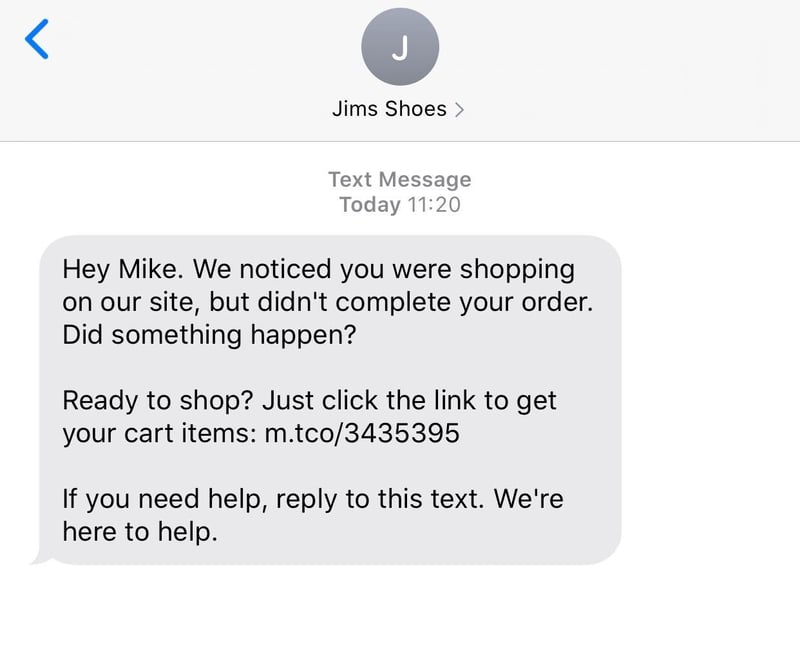
5. Focus on contextual cross-sell opportunities
The last way to drive more revenue through that funnel is not to capture more sales opportunities but to make each opportunity larger.
We do this through cross-selling, which is essentially recommending to customers additional products which would pair well with their original purchase.
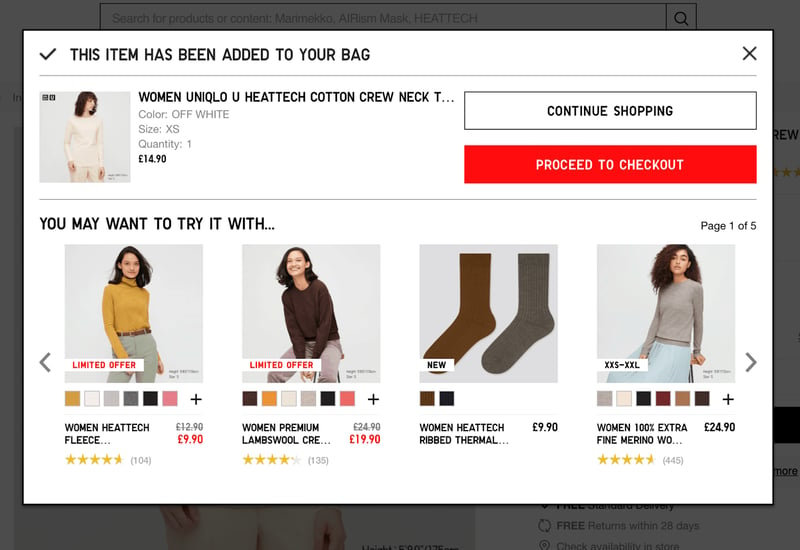
3 Funnel Optimization Tools
Investing in a good funnel optimization tool is the best way to optimize your company's sales funnel. The best tools for your company will take advantage of customization and automation to be sure that your company is working at its total capacity to bring in sales.
Customization allows your sales team to make the most of their abilities: their setup should be as unique as they are.
Automation cuts out much of the admin work no one wants to do.
Here, we're going to look at the three CRM and funnel optimization tools:
- Ringy
- Zoho CRM
- Pipedrive
1. Ringy
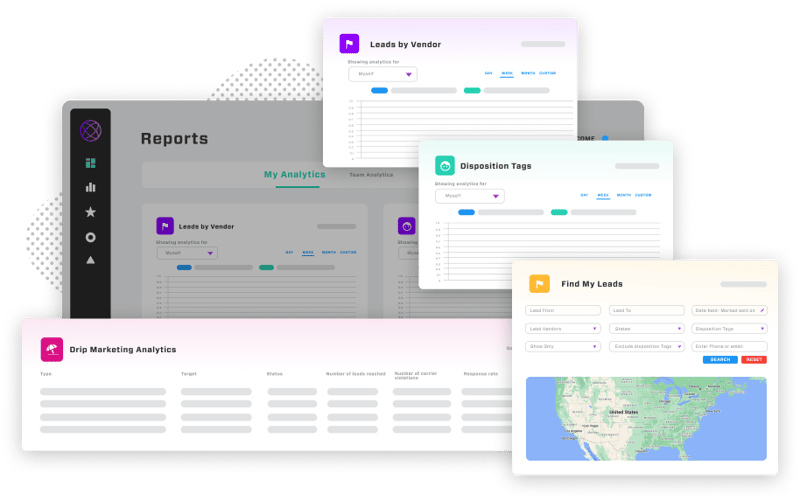
Ringy integrates all of your contacts, calendars, and reports in one place to ensure everyone on the team is on the same page.
Drip campaigns and other manual tasks can be automated, allowing your team to focus on the sales activities that count.
Customized reports can be generated, allowing your team to make well-informed decisions about the company. With a cloud-based system that can be accessed from a computer or phone using their app, Ringy can be accessed whenever and wherever you need it.
Other Ringy features that will help to optimize your sales process include:
- Task automation
- Mobile apps
- Power dialer
- Local caller ID
- Deal tracking
2. Zoho CRM
Zoho CRM is another CRM that has features for funnel optimization.
With customizable content, Zoho can be useful for companies of any size from any industry. It's an easy-to-use software that takes advantage of automation to allow your team time to do their jobs and focus on what's important. Zoho also supports integration with third-party apps and can be accessed through a computer or phone.
A potential downside to Zoho is the cost. This CRM may not be appropriate for small teams at smaller companies.
3. Pipedrive
Pipedrive is another popular CRM with a unique feature.
Pipedrive visualizes the sales process from start to finish, allowing you to update progress and see how sales look in a whole new way. Automation takes care of manual tasks, and detailed reports give you a look at how the company is functioning. Like the other two tools, Pipedrive is customizable, supports integration, and is cloud-based.
4 Sales Funnel Optimization Strategies

When used correctly and with the alignment of the sales and marketing departments, these three tactics can increase sales exponentially:
- Landing Pages
- Gated Content
- Emails
- Blogging
1. Landing Pages
If a sales team isn't using landing pages for lead capture, they are missing out on incredible data.
When potential customers reach your landing page, they can be encouraged to join your email newsletter, contact you for more information, or even purchase products directly from the page.
Landing pages and forms are great at the interest stage because they give the potential customer more information to decide.
These pages can be short and sweet, or they can be longer to capture a reader's attention (especially if they might already be familiar with your company)!
If they fill out the email newsletter, you have their contact information. If they contact you directly, you have their contact information. If they purchase products from you, you have their contact information.
See where we are going with this?
You are collecting their data and can help with anything from demographic and psychographic information for your entire sales and marketing teams. You can, from then on, tailor your sales techniques better and understand which customers are responding to your efforts.
Landing pages also allow your sales team to interact directly with your target consumers. Although in the B2C space, this practice is potentially less effective, for B2B sales, this interaction is golden. It's genuinely one of the main funnel optimization strategies that could be considered "organic and natural."
2. Gated Content
Another way to access customer data in an “even” exchange is to employ gated content.
Offering content in exchange for emails or form sign-ups is a way to provide value to your potential customer. For this option, it's extremely important that your sales team understands the content on offer: they can tailor their responses or questions directly to what the customer downloaded.
For instance, ebooks are a common form of gated content.
But for this type of lead generation to be effective (in order to optimize for this stage of the sales funnel), reps need to know what intent is being demonstrated.
Otherwise, they're simply going to make generic calls and alienate customers.
Say, for example, you downloaded an ebook from us on how VoIP phone calling works.
It wouldn't make much sense for one of our reps to call and ask about supporting your drip campaigns, would it?
3. Emails
Email is the funnel optimization strategy that touches every stage of the sales funnel.
Emails can be used to generate initial interest and spread awareness. For example, many sales professionals might reach out to potential customers after finding their contact information on LinkedIn or other platforms. That initial touchpoint through email can help establish a relationship or gauge interest in your products or services.
Emails can also be used for follow-ups, scheduling after any meeting or sale, and general catchup or check-ins with current clients. Although it might be conventional wisdom that most people hate email, it is a fast communication tool for sales professionals and should be taken seriously.
On the selling side, drip campaigns can be used to maintain a prospect's interest over time, even if they do not initially complete a sale. Setting up and maintaining drip campaigns is one of the marvels of automation software; creating reminders and connections with prospects can be done with a little bit of elbow grease.
For email to be fully optimized, it needs two core pieces: keywords and creativity. Keywords, which most people don't associate with email, help break up the content that your prospect is reading. They help jog our memories and associate new events with key information.
As for creativity, no one wants to read a boring email or one that is too long.
The more creative your email drip campaign or follow-up message, the more your prospect will remember you and your company. Creativity is also associated with trust, memory, and much more.

4. Blogging
You are reading a blog right now, so this technique clearly works as part of a full-funnel optimization strategy.
As a strategy, a blog and content marketing strategy can work well at any funnel stage. At the awareness stage, blogs achieve getting potential customers' attention through education. Talk to your audience about what your product does and how it can address their pain points. Write blogs about competitive products and services so that your product stands out.
At the conversion and retention stages, blogs can be developed speaking to the company's and product's benefits and value proposition. Explaining your unique value proposition to an already engaged audience can lead to more product adoption and trust.
Although blogging isn't a typical sales technique (no one expects that team to write it), it can be mighty when used in conjunction with email and landing pages. Most people want information about products and services, so offering it to them is a great technique.
Blogs can also be places for those pesky pop-ups no one likes but are terribly effective. Pop-ups are lead generators since a customer will enter their information to receive a benefit, like a coupon, special offer, or access to gated content. (We won't get into a discussion of ad blockers here, but there is plenty of data on why pop-ups still work!)
Sales teams can include blogs as part of their email signature, as part of an information package sent over to a prospect, and even could come up with a conversation about the product.
FAQs
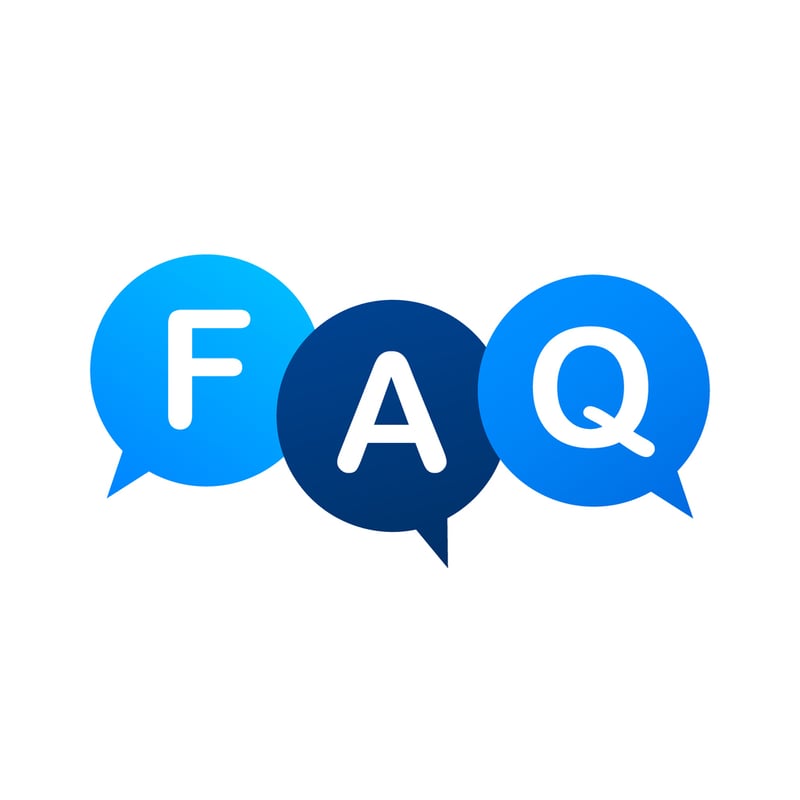
Sales funnel optimization is often researched by professionals and aspiring sales amateurs looking for more information about tactics, best practices, etc. Here are some of the most commonly asked questions.
“What is Funnel Optimization?”
Funnel optimization means taking a look at your sales or marketing funnel to make tweaks to reach your prospects or customers at the right moment in the funnel. The funnel typically consists of awareness, acquisition, conversion, and sometimes retention.
“What are funnel strategies?”
Funnel strategies refer to tactics in sales and marketing that will reach the target audience at any stage in their buyer's journey.
“What are sales funnel optimization, and how does it work?”
Sales funnel optimization takes a look at your entire sales process and upgrades it to meet not only your potential customer's needs but also any company objectives. Funnel optimization works like any other tactic: take a look at your process and see how it can be better.
“What is the best sales funnel tracking tool?”
Ringy is the best sales funnel tracking tool! Ringy's customizable platform meets the needs of your sales team; our features are customizable, and our automation makes everything more accessible and will help you close those deals.
Conclusion
It's pretty clear by now that in order for a business to reach its fullest potential, they need to be employing sales funnel optimization.
Without an idea of how each stage of the customer's journey works, businesses might as well be in the dark. Sales funnel optimization allows you to make every choice for your business based on data and forecasting, not random guesses.
And with a CRM company like Ringy to back you up, there's no way you can go wrong. So contact Ringy today and schedule your free demo and see how funnel optimization can help your company achieve its goals.

Skyrocket your sales with the CRM that does it all.
Calling? Check. SMS? Check. Automation and AI? Check. Effortlessly keep in touch with your customers and boost your revenue without limits.

Take your sales to new heights with Ringy.
Sales in a slump? Ringy gives you the tools and flexibility you need to capture leads, engage with them, and turn them into customers.
Subscribe to Our Blog
Enter your email to get the latest updates sent straight to your inbox!
Categories
Related Articles



































































































